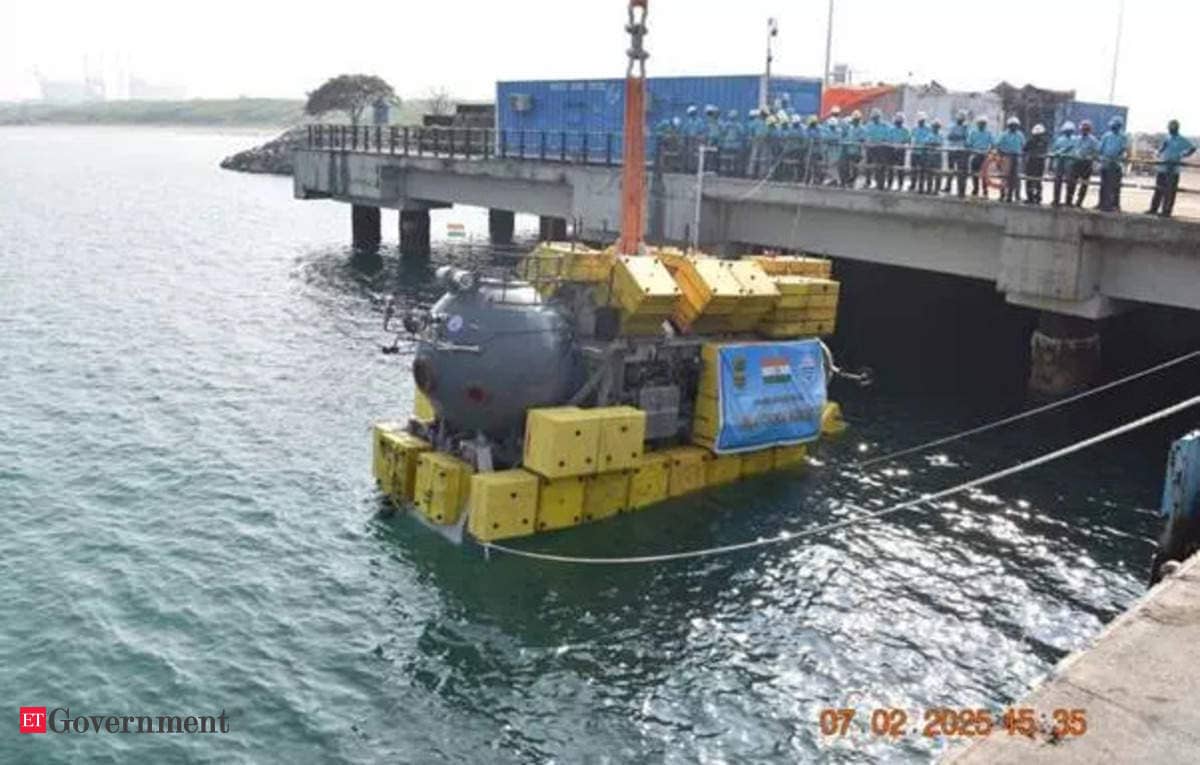India’s Deep Ocean Mission is making strides with the development of the Matsya-6000 submersible. This project, led by the National Institute of Ocean Technology, aims to enhance India’s capabilities in ocean exploration. The submersible, designed to operate at depths of up to 6,000 metres, will play important role in studying marine biodiversity and exploring ocean resources.
Overview of Matsya-6000
Subsystems and Features
Testing Phases
Matsya-6000 has undergone extensive dry tests to evaluate its performance over a 500-metre range. Following these tests, it was moved to the L&T Shipbuilding facility for wet tests. These tests focused on assessing the submersible’s stability, manoeuvrability, and communication capabilities. Eight dives were conducted, including both unmanned and manned trials.
Future Prospects
The Samudrayan project, which includes Matsya-6000, aims to explore ocean depths for resources like precious metals and to study marine biodiversity. The project is expected to promote ocean literacy and tourism. The completion of Matsya-6000 is anticipated by 2026, aligning with India’s broader goals for sustainable ocean resource development.
Significance of Ocean Exploration
India’s role in ocean exploration is crucial for sustainable resource management. The government aims to increase the contribution of the blue economy to the national GDP. By exploring ocean depths, India seeks to enhance its knowledge of marine ecosystems and develop resources responsibly.

Leave a Reply